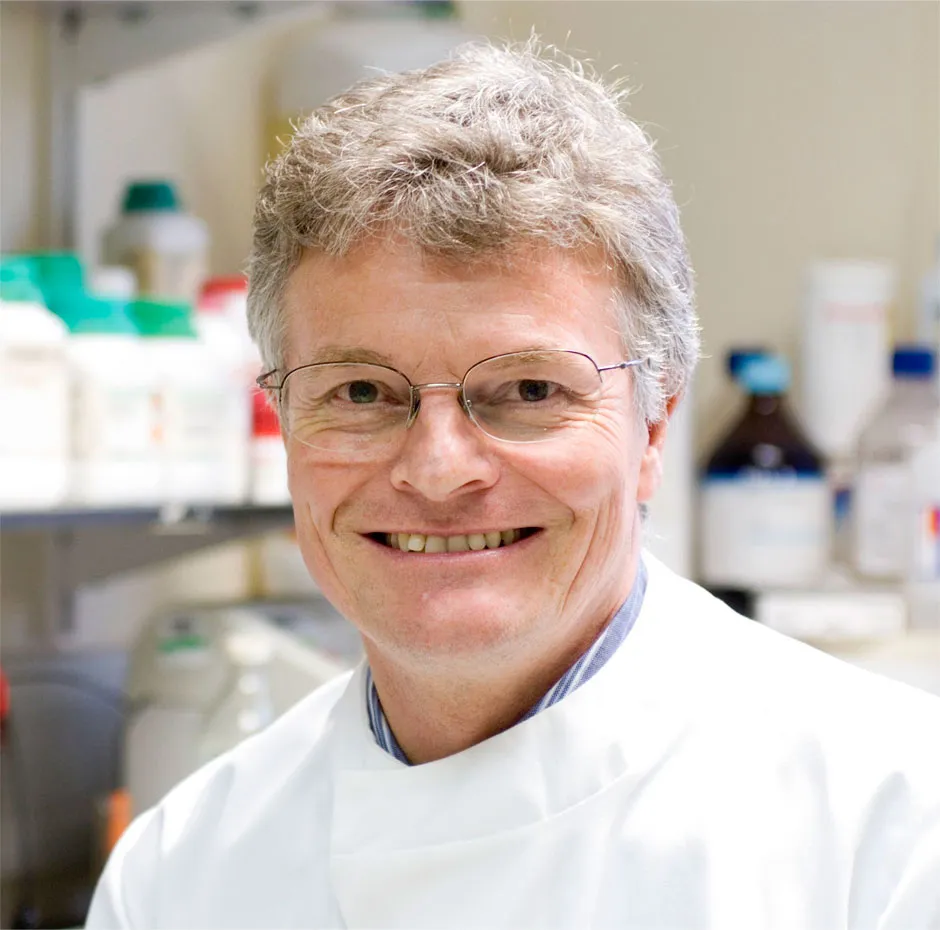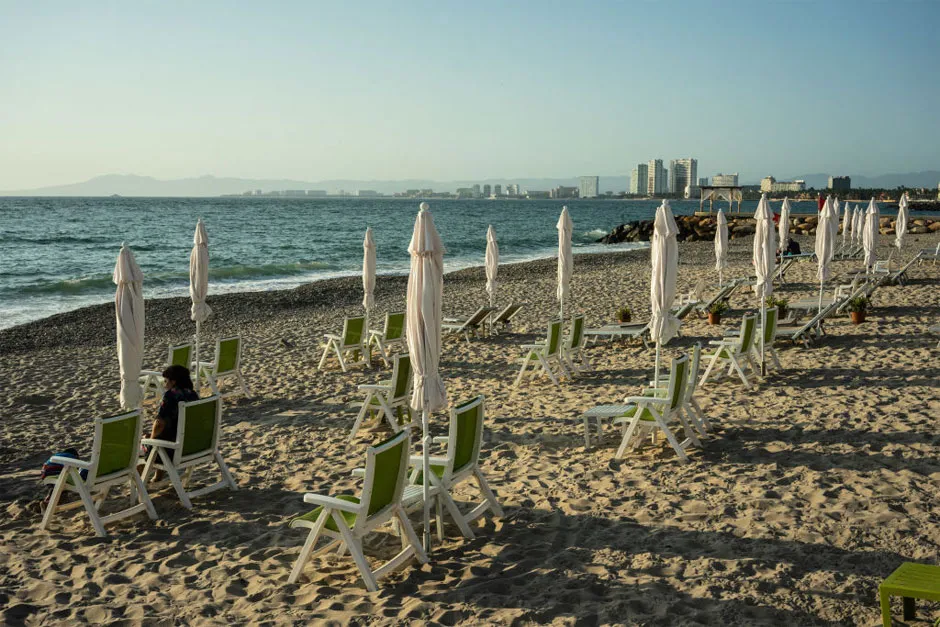What exactly does it mean when we speak about the seasonality of a virus?
We are all familiar with viruses that routinely circulate in our communities. Obvious ones are influenza, the common cold and chicken pox, which is caused by varicella zoster virus, VZV.
These viruses are known as “endemic”, which means they are regularly found among particular people or in a certain area. Some of them, such as VZV, circulate all year round but others, such as influenza, cause more infections in the winter with far fewer in the late spring and summer.

We say that such virus infections show “seasonality”, with regular, annual peaks, normally during the winter for respiratory viruses. In some seasons, the peaks became so high that they were called “epidemics”, meaning a widespread occurrence of an infectious disease in a community at a particular time.
COVID-19, however, is not yet endemic - having emerged from an animal source only at the end of last year but it is epidemic, in that it is still spreading rapidly. It can therefore only display seasonality if, or when, it first becomes endemic.
Why do some viruses show seasonality?
It’s still not fully established, but we believe a number of parameters come into play. Not all viruses show higher peaks of infection in the winter: it depends on their route of transmission.
For respiratory viruses, which do peak in winter, an important factor is the ability of the actual virus to resist environmental stresses. These include heat, humidity and UV light.
Read more about coronavirus:
- Big tech and coronavirus: How Google and Facebook could take on the pandemic
- What nature can teach us about friendship in the time of coronavirus
- Coronavirus: Is hand-washing really the best thing we can do to stop the spread of COVID-19?
Environmental temperature has less of a direct effect than you might expect: viruses are relatively simple nanomachines and are not particularly adversely affected by normal ambient temperatures. However, higher temperatures affect other environmental factors such as humidity, or rather relative humidity.
It’s not so much that drying out deactivates the virus but that if it’s on a moist the surface, it’s probably easier to pick up. Once it’s dried and the droplet it was in has formed a crust, it’s much harder to get the virus to lift it off.
Higher temperatures normally come with more (or more intense) sunlight which brings with it exposure to UV light. UV is mutagenic, which means it damages genetic material. It can also damage the genetic material of the virus but, because individual viruses are so small, it takes a high dose of UV to inactivate all of them in a droplet.

Higher levels of sunlight will gradually reduce the number of active viruses on a surface. It’s been shown that 1 to 3 hour exposures are required to reduce the amount of virus tenfold (i.e. from 1,000 particles to 100); it would take four times as long to reduce 1,000 particles to less than 1. This inactivation reduces the likelihood we’ll be infected by contact with that surface.
Another important factor that affects virus transmission on a seasonal basis is our behaviour, which changes through the seasons. In winter we tend to be much more closely crowded together, and we create higher relative humidities in our homes and work places because we remain inside and turn up the heating.
How does that apply to COVID-19?
There was some hope that if we could delay the peak of this epidemic into the late spring and summer that we’d reduce transmission but it’s hard to know how far that would go with a novel virus like this.
It’s worth pointing out that when it’s summer in the northern hemisphere, it’s winter in the southern hemisphere so at the same time as influenza infections are low during our summer, they’re high in Australasia and South America during their winter.
Read more about viruses:
- Viruses: their extraordinary role in shaping human evolution
- How do viruses jump from animals to humans?
In tropical and sub-tropical regions you don’t really get the seasons, and we see influenza infection rates stay pretty level. That emphasises that relative humidity is probably the most important factor.
The World Health Organization has emphasised that COVID-19 is transmitting everywhere, so the suspicions are that seasonality isn’t going to have a huge impact on reducing the spread.
What other factors are involved in how a virus spreads?
What we anticipate for this virus is based mainly on our experience with flu, particularly back in 1918 and even in 2009, recognising that this is a different virus and may behave in subtly different ways.
With those, we saw multiple waves, and could - if we didn’t take action - expect to see multiple waves of COVID-19. We’re in the first wave now.
Read more coronavirus news:
- Coronavirus: UK patients to test existing drugs as COVID-19 treatments
- Coronavirus: £20m for team to 'unlock the secrets' of COVID-19
- Coronavirus test: Portable kit could test 16 NHS staff in just 50 minutes
If infection rates were to fall over the summer, due to those seasonal factors or to our control efforts, we would expect to see one next winter, while there’s still a substantial proportion of people who aren’t immune to it.
The government is already taking that possibility into account and its current planning for control measures is designed to keep the height of that second peak as low as possible.
At the moment, we’re all non-immune but as people catch and recover from COVID-19, the hope is that they’ll become immune. More will become immune during subsequent waves and we can expect the virus to return until, it’s currently estimated, 60 per cent have acquired immunity.

At this point, we’ll have established “herd immunity”, where there aren’t enough non-immune people around for the virus to infect to cause any more epidemic peaks.
In fact, at this point, the virus is liable to become endemic, and that’s where we might see small seasonal peaks of infection amongst members of the population who remaining non-immune (or who have been born since the earlier waves).
If that happen, we’ll be dependent on the development, testing, introduction and roll-out of an effective vaccine (or vaccines) to finally stop the virus circulating. That of course will need to be achieved globally if we are also to eradicate this virus to prevent it posing an ongoing threat.
Can we learn anything from previous outbreaks of coronaviruses?
My first employment was actually working on a coronavirus back in the ‘80s, and we knew of two then, OC43 and 229E. Two more were found when people started looking harder with newer technologies after SARS.
It’s probable that tens of thousands of years ago, they first emerged from bats, or other animals, into humans as novel, and possibly dangerous, viruses that then gradually spread across the world with population movements, mutating and gradually becoming tailored to co-existence with us.

They tell us quite a lot that will be important as we move forward with controlling or eradicating COVID-19. Those two viruses haven’t changed much, and yet people get colds every winter caused by them. They cause mild illnesses, but we think about 15-20 per cent of current colds are caused by coronaviruses.
There’s not been sufficient work done on them to fully understand them - funders don’t spend a lot of money on viruses that don’t cause much by way of disease. We know that influenza keeps circulating because it keeps mutating and avoids our existing immunity - we say they undergo “genetic drift”.
Read more interviews:
- Is there a wormhole hiding at the centre of the Milky Way?
- The quest for quantum gravity: why being wrong is essential to science
But if a virus is to keep circulating, like the older coronaviruses, and isn’t changing much, there’s only really one other explanation for that as far as I can see, and that’s that the immunity they induce is probably fairly short lived.
Some virus infections provide almost life-long immunity. Smallpox is a good example. But for others, it’s not so long. For example, we can catch norovirus one year, then a year or two later we can get it again. Should that prove to be the case for COVID-19, it would have important implications for its epidemiology and control.
So, what is our focus on now?
The planners are looking to limit not just the first but subsequent waves, reducing our rate of exposure (hence infection and burden to the health service) until there are sufficient numbers of people who have been exposed to the virus, or until we have a vaccine.
A serological test, of the kind discussed by the prime minister, which will allow us to see if people have antibodies to the COVID-19 virus and are therefore immune, will be an important additional weapon in the fight against later waves as well as controlling and eradicating it.
We have to have a vaccine so that we can control and hopefully eradicate it, even if the vaccine did only work for a year or two.
There’s also a big effort to read the sequence of virus genomes in clinical isolates from different locations, from different kinds of patients, from those with different symptoms and outcomes as the epidemic progresses, so that we’re alert for mutations that might change the properties or behaviour of the virus, for good or bad.
That will remain important if we find and begin to use effective antivirals, where we’ll need to be alert for the development of resistance in the virus, and likewise after the launch of a vaccine.